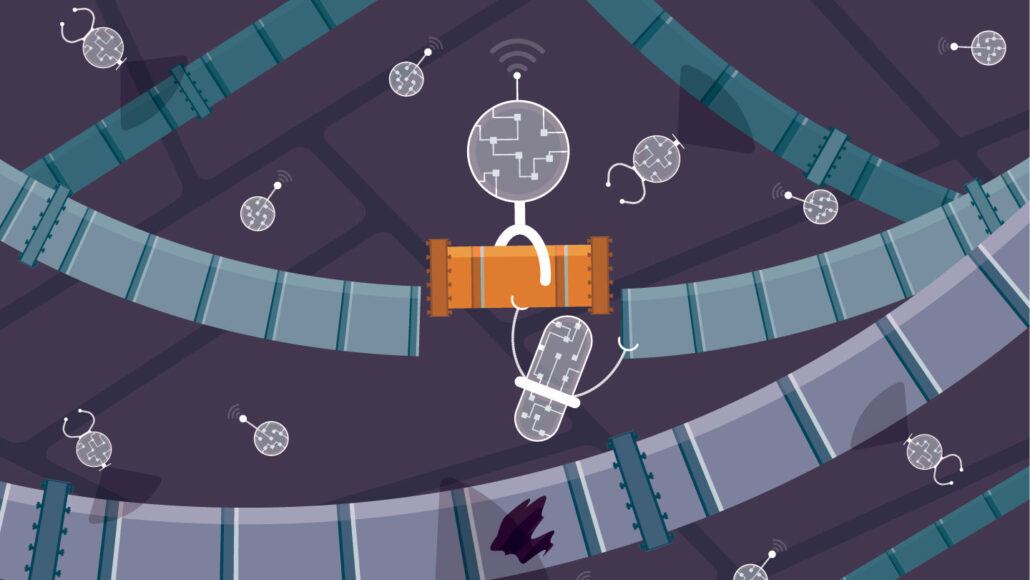
Tech
Synthetic biology aims to tackle disease and give cells superpowers
DNA machines and protein-mimicking nanotech could replace broken machinery in cells or even lead to made-from-scratch synthetic life.
Come explore with us!

DNA machines and protein-mimicking nanotech could replace broken machinery in cells or even lead to made-from-scratch synthetic life.

Ayla was treated before birth for the rare, life-threatening Pompe disease. Now a thriving 16-month-old toddler, her treatments will still need to continue.
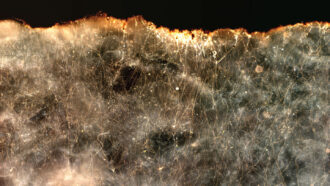
Long, thin bacteria that conduct electricity may be able to help clean up oil spills and reduce emissions of methane, a powerful greenhouse gas.

TMAO’s water-wrangling ability protects a critter’s critical proteins — including muscle — from crushing under deep ocean pressures.
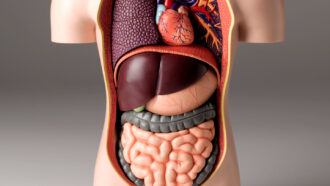
This organ in the upper-right side of the belly does many essential jobs, such as cleaning blood and producing bile.
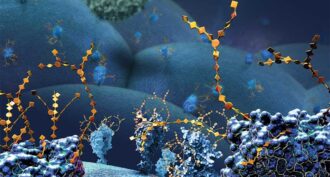
This so-called ‘click chemistry’ allows scientists to build complex molecules in the lab and in living cells.
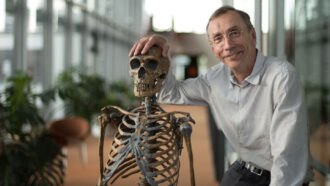
Svante Pääbo figured out how to examine the genetic material from these hominid ‘cousins’ of modern humans.

The world’s most abundant natural polymer is finding all kinds of new uses, in everything from ice cream to construction.
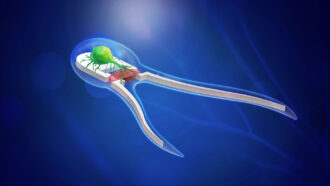
Scientists are using living cells and tissue as building blocks to make robots. These new machines challenge ideas about robots and life itself.
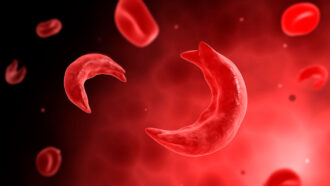
Doctor Erica Esrick discusses existing treatments and an ongoing clinical trial for a gene therapy to treat sickle cell disease.